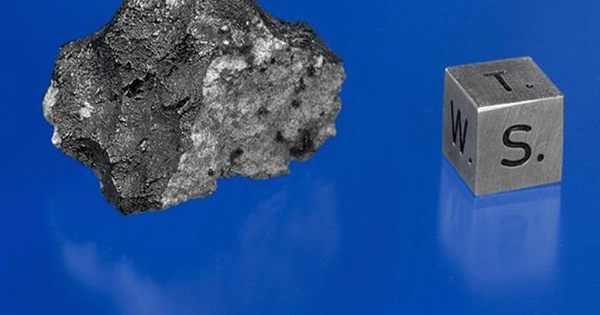Organic compounds found on the earliest meteorite that travelled from Mars to Earth were the result of water and rock contact, according to a recent study. These findings provide insight into the geochemical activity on Mars during its formative years.
In addition, the theory that ancient germs were to blame is debunked. The study, which was published in the journal Science, goes back 4 billion years to the formation of the Allan Hills 84001 meteorite, which was discovered in the Antarctic in 1984. At the nanoscale, the researchers examined the mineralogy of this valuable specimen.
They concluded that the organics were produced because of processes involving basalt rocks exposed to hydrothermal water. In a release, lead author Andrew Steele of the Carnegie Institution for Science said, “Analyzing the origin of the meteorite’s minerals can serve as a window to disclose both the geochemical processes occurring early in Earth’s history and Mars potential for habitability.”
Two mechanisms are at work in the production of organic molecules in the sample. Serpentineization is the first geochemical process. It occurs when moving water collides with iron- or magnesium-rich igneous rocks. Serpentinization alters their chemical composition and causes hydrogen to release.
Carbonization is the second procedure. In this example, slightly acidic water with high carbon dioxide content reacts with rocks, forming carbonate minerals. It is unclear if these two processes occurred concurrently or sequentially based on the analysis. Although these processes had previously been detected on Mars, this is the first time their combined effects have been discovered in the same rock.
“These non-biological, geological events are responsible for a pool of organic carbon molecules from which life could have arisen, and they offer a background signal that must be considered when seeking for signs of previous life on Mars,” Steele explained. “Furthermore, if similar processes occurred on ancient Mars, they must have occurred on ancient Earth as well, which could explain the findings from Saturn’s moon Enceladus.” For this sort of organic synthesis, all that is required is for brine containing dissolved carbon dioxide to seep through igneous rocks.
The search for life on Mars is about answering the question, “Are we alone?” It also tackles the topic of “where did we come from?” by referring to early Earth settings. The search for life on Mars is still enthralling. The return of rover samples in the coming decade is likely to add to the wealth of knowledge obtained through examining meteorites.















